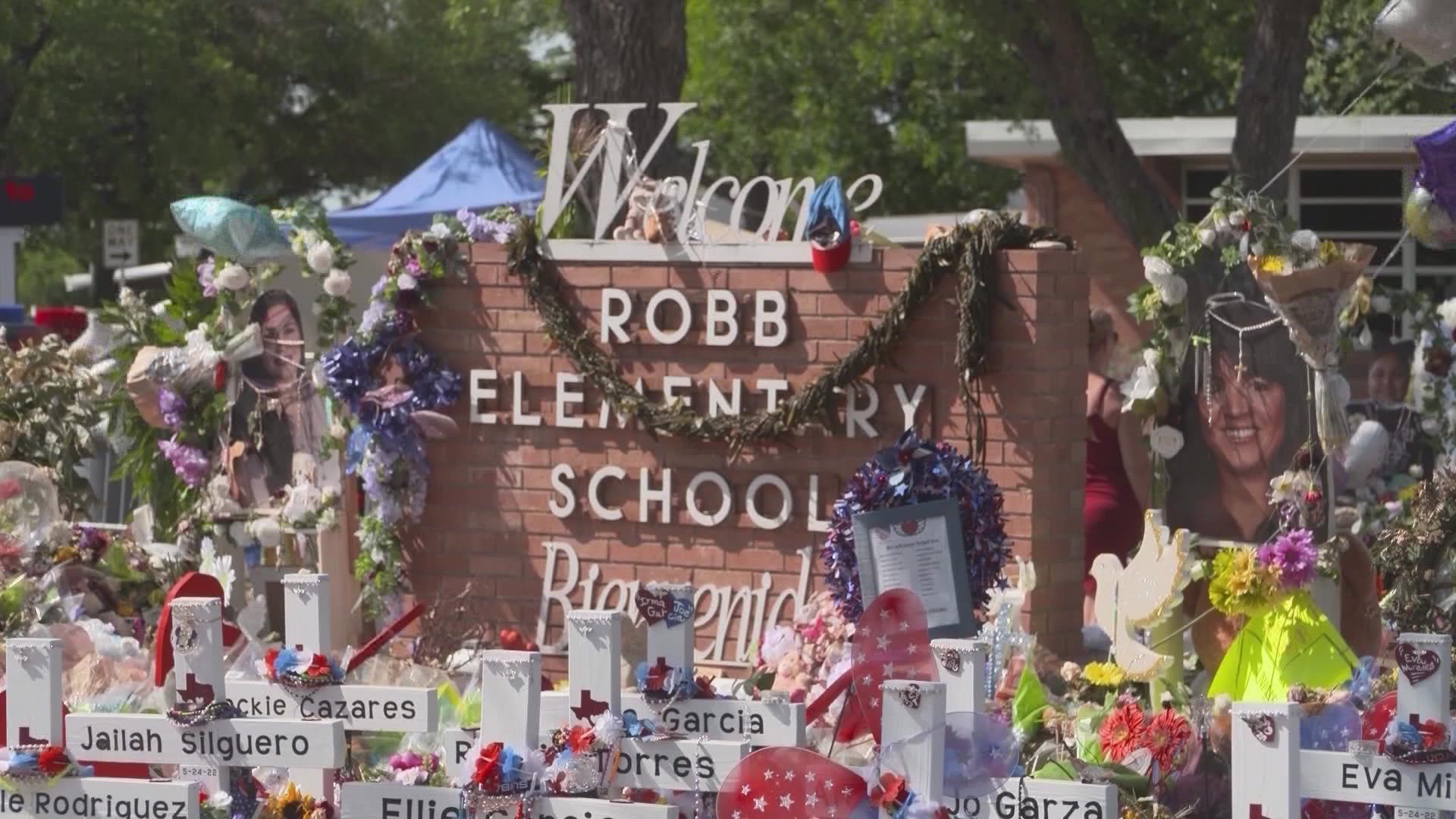SAN ANTONIO — Both the Uvalde report and a national school safety expert point out that many of the lessons schools and law enforcement learned 20 years ago from Columbine, and even more recent school shootings like Parkland, were ignored in the Uvalde school shooting.
The report found many written school safety policies were ignored, like keeping doors locked at all times. Security failures often happen because paper plans do not account for how humans behave in reality. A critical key to keeping students safe is not just adding security features and equipment, but properly training staff to recognize and quickly react to even minor security concerns.
“Far too many school administrators are willing to throw up a quick fix camera, additional door lock, or a single point of entry and tell parents they improved security, but they won’t spend two or three hours in professional development training those people behind the equipment, and we see tragedies occur,” said Ken Trump, a national school safety expert. “Why? Because of human factor failures not because of the failures of equipment.”
He said school safety is everyone’s job and all school staff members need to recognize they play a part in security.
“You have to create a culture of safety where it’s ingrained from the leadership on down and everyone from your school custodian to your principal realizes that safety is part of how that school operates,” said Trump.
He has changed the focus of his security training to help school staff better focus on how to make quicker decisions in a crisis so they can react in seconds rather than minutes.
“We also need to focus training for our school officials on situational awareness, pattern recognition, observing abnormalities, and how to make decisions under duress,” Trump said. “That’s not how educators are typically trained. Educators are trained to make decisions through collaboration, forming committees, studying all the best options, and picking the best one.”
One solution is for schools to invest in more safety training for personnel, which he hopes will happen, not just during a small part of professional development sessions, but all year long.
“If you’re only planning on paper and you’re not preparing and practicing, giving up the time, not just the money, that needs to be addressed. You’re never going to have the safest school that you could possibly have,” Trump said. “School safety is an ongoing process. It’s not an event. It’s not a one-and-done where you just train one time for an hour and you’re finished. School leaders can say that school safety is a priority and that’s rhetoric. Unless it’s reflected in their budgets and in the time and leadership that they allocate to school safety activities, then it’s just rhetoric.”
He said the good news is the majority of schools and police departments are much better prepared for active shooter events than they were 10 to 20 years ago.

